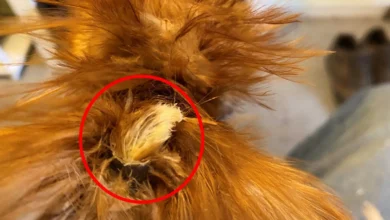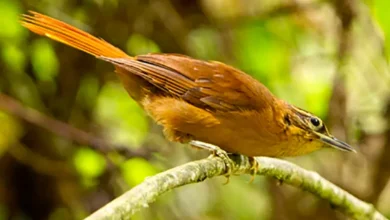The White-throated Toucans (Ramphastos tucanus) is a South American toucan.

Close up Image White-throated Toucans
Subspecies
- White-throated Toucan (Ramphastos tucanus) – Nominate Race
- Occurs in the southern and western part of its range
- Red-billed Toucan or Cuvier’s Toucan(Ramphastos tucanus cuvieri or Ramphastos t cuvieri)
- Occurs in the northern and eastern parts of its range
Distribution / Range
The White-throated Toucan occurs naturally throughout the Amazon in south-eastern Colombia, eastern Ecuador, eastern Peru, northern Bolivia, southern and eastern Venezuela, northern and western Brazil (to include the Amazon Basin’s adjacent Tocantins-Araguaia River drainage and the Guianas). It prefers tropical humid forest, but also occurs in woodland and locally in riverine forest within the Cerrado.
Small flocks or more commonly pairs of birds move through the forest with a heavy, rather weak, undulating flight, rarely flying more than 100 m (330 ft) at a time.
They are fairly long-lived with a lifespan around 20 years.

Description
Like other toucans, the White-throated Toucan is brightly marked and has a huge bill.
It has a total length of 55–60 cm (21–24 in) and weighs 600 g (22 oz). The bill is typically 14–18 cm (5½–7 in) long. The only species of toucan that surpasses it in size is the Toco Toucan.
The plumage is mostly black except for a white throat and chest bordered below with a narrow red line. The rump is bright yellow and the crissum is red. The bare skin around the eye is blue. The bill has a yellow tip, upper ridge and base of the upper mandible, and the base of the lower mandible is blue.
Males are larger and longer-billed than females, but otherwise the sexes are alike.
Juveniles are noticeably shorter-billed, more sooty-black, and have duller plumage.
Similar Species: The Cuvier’s Toucan looks identical to the related Channel-billed Toucan ‘s subspecies culminatus:. However, the Channel-billed Toucan is smaller and has a proportionally shorter bill.
Breeding / Nesting
The mating ritual is a fun-loving affair for toucans, as they throw fruit to one another.
Like all of their other activities, nesting happens high up in hollow areas in trees. The bill is not effective for digging or any other type of extensive excavation work and so they must rely on holes already formed by other means.

The nests are not lined, but the two to four shiny white eggs that are laid each year rest on a few wood chips created while enlarging the opening or on various kinds of regurgitated seeds collected for this purpose.
Parents share equally in incubation duties, but rarely sit on the nest for more than an hour at a time and the eggs are often left uncovered. Both parents share in feeding fruit to the babies for up to 8 weeks.
After 16 days the nestlings are born blind, with no trace of down on their pink skin. The bill is unremarkable until about 16 days old when it takes on the distinguishing features of the toucan, and requires up to four months to develop fully.Feathers begin to expand at 4 weeks.
Babies have pads on their elbows that protect their feet by keeping them elevated until they fledge.
Breeding in captivity requires attention to a number of details. Even successful breeders report rates as low as 30% for the incubation of eggs.
Calls / Vocalizations
The White-throated Toucan makes yelping eeoo, hue hue calls , whereas Channel-billed Toucan’s call is described as a croaking song.



